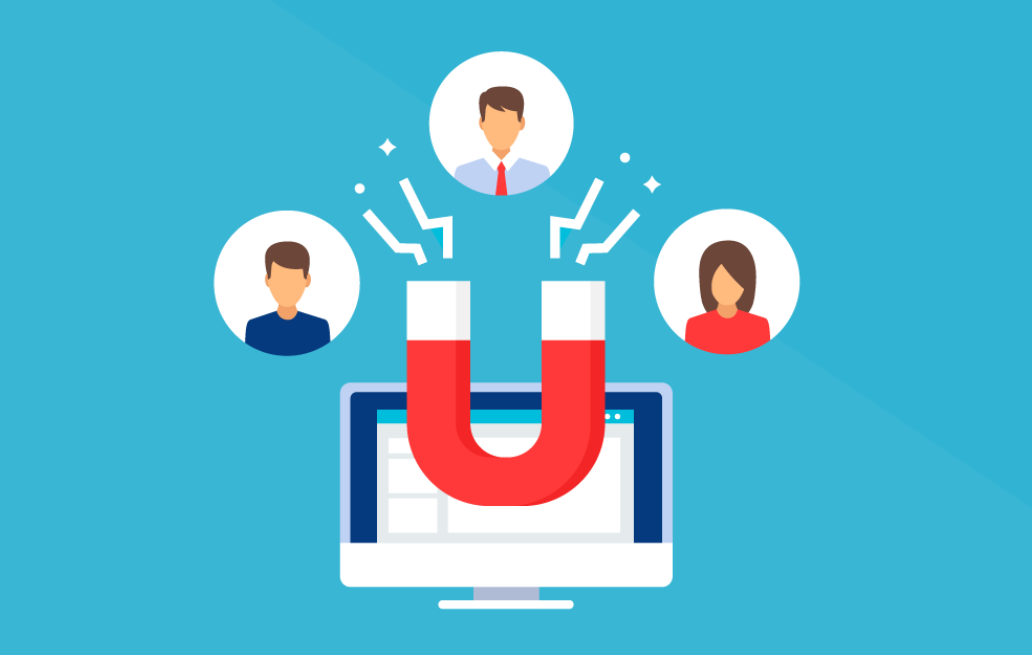There are various leading brands as well as hungry startups willing to attract your customers by providing them with what they require in today’s competitive digital landscape. Offering an amazing customer experience is a crucial distinction that can help organizations gain customers. Customer loyalty is when customers regularly choose one company’s products over competing brands. Customers loyal to a particular brand will not be persuaded by price or availability of similar products from competitors, preferring to pay more or wait for their preferred brand. As a result, in order to survive and thrive in the market, brands must increase client loyalty.
Most marketers have difficulty with loyalty because they view it as a quantity rather than a quality. They analyze elements like buying behavior and customer retention when calculating loyalty. It’s crucial to note that brand loyalty is based not just on customers who stick with a brand and shop with it, but also on customers who refer to a brand and engage with it in a seamless manner. Loyalty programs are without a doubt one of the most popular ways for businesses to create ties with their customers. Customers’ loyalty, on the other hand, is constantly shifting as they evolve. As a result, businesses require a more understanding solution that may increase client loyalty.
Improving Customer Loyalty
Think ahead
While loyalty programs can assist in identifying customers through enrollment, generating extensive customer insights, and reinforcing retention, they aren’t adequate in and of themselves to win customers. Customers demand value from brands in today’s competitive marketing environment. Customers are willing to abandon brands that do not provide emotionally rewarding experiences as they seek emotional fulfilment. Rather than focusing on transactional loyalty or client retention, organizations should focus on making customers feel valued, appreciated, and happy!
Utilize Technology and Research
For a comprehensive understanding of consumers and their motives, the groundwork necessary for customer loyalty campaigns is built on existing customer data as well as loyalty-specific data. Customer information can be obtained from a variety of sources, including the point of sale, social media platforms, site analytics, loyalty networks, and so on. You can utilize various survey software to implement surveys and gather data. Marketers must ensure that current marketing tech stacks are coupled with the correct set of loyalty-related technologies and tools in order to deliver consistent experiences across both loyalty and non-loyalty-based touchpoints.
Listen to your customers
Brands must establish a criterion that prioritizes concerns of greater relevance (which affect customers’ loyalty behavior) and excludes issues of lesser importance (which do not affect customers’ loyalty behavior) when establishing the indicators of salient issues.
Obtaining feedback from customers through quantitative and qualitative surveys is an excellent approach to learn about their experiences and behaviors. Gather feedback from as many channels as possible using omnichannel survey software.However, marketers must employ certain clues to fully comprehend certain experiences. Metrics like problem longevity and issue polarization can assist uncover salience indicators in this situation.
Understand the behavioral and emotional aspects
Customer value, conversion rates, and interactions connected to web activity and advocacy can all be gauged using behavioral loyalty metrics, which play a vital role in identifying loyal actions. Repurchase rates may be used to determine pure retention, customer lifetime value (CLV) can be used to identify the customer’s perspective worth, earn & burn ratio can be used to assess the health of a program, interaction metrics can be used to determine customers’ non purchase behavior, and so on. By assessing sentiments, intents, perceptions, and variables behind customer experience quality, emotional loyalty metrics play a critical role in determining loyal feelings. This can be done efficiently by using market research tools.
A collaborative effort from several departments, including marketing and customer care, is required to successfully foster consumer loyalty. The loyalty strategy of a company should be based on consumer insights and connected with the company’s business objectives.



 Bitcoin
Bitcoin  Ethereum
Ethereum  Tether
Tether  XRP
XRP  Solana
Solana  USDC
USDC  Cardano
Cardano  TRON
TRON  Lido Staked Ether
Lido Staked Ether  Avalanche
Avalanche  Toncoin
Toncoin